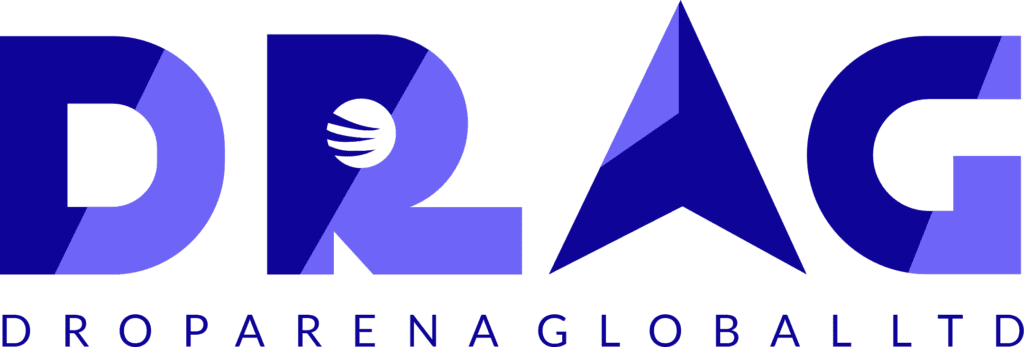In today’s digital-first world, an e-commerce website is more than just an online store—it’s the core of your business’s success. Whether you’re launching a new store or looking to optimize an existing one, a high-performance e-commerce platform can be the key to maximizing sales and creating a seamless shopping experience for your customers.
In this article, we’ll explore how to leverage effective e-commerce web design strategies to boost your online sales, build customer loyalty, and ensure your website stands out in a competitive market.
1. Choosing the Right E-Commerce Platform
The foundation of any successful e-commerce website lies in selecting the right platform. The platform you choose should not only accommodate your current needs but also scale with your business as it grows. Popular e-commerce platforms like Shopify, WooCommerce, and Magento offer different features suited for various business sizes and industries.
Here are key considerations when choosing a platform:
- Ease of Use: The platform should be user-friendly and easy to manage, even for those without technical expertise.
- Customization: Look for platforms that offer a high level of customization to match your brand’s identity and provide a tailored experience for your customers.
- Scalability: Ensure the platform can handle increased traffic and sales as your business grows.
- Security: Security is critical in e-commerce, as you’ll be handling sensitive customer information. Choose a platform with robust security features to protect against data breaches.
2. Prioritizing User Experience (UX)
A well-designed e-commerce website is all about making it easy for customers to find and purchase what they need. User experience plays a huge role in this. From intuitive navigation to fast-loading pages, every detail of your website should enhance the customer journey. Key elements include:
- Clear Navigation: Make it simple for users to browse products, categories, and search for items. A cluttered design can frustrate users and drive them away.
- Mobile Responsiveness: With the rise of mobile shopping, your website must look and function flawlessly on smartphones and tablets. Ensure your design is mobile-optimized for seamless shopping on any device.
- Page Speed: Slow-loading pages can lead to abandoned carts and lost sales. Optimize your website’s performance to ensure pages load quickly, reducing bounce rates and improving user satisfaction.
3. Streamlining the Checkout Process
The checkout process is the final and most critical step in the customer journey. A lengthy or complicated checkout process can lead to abandoned carts, costing you sales. Streamlining the process helps convert visitors into paying customers:
- Guest Checkout: Allow users to checkout without having to create an account. Some customers may prefer to make a quick purchase without the hassle of registration.
- Multiple Payment Options: Offer a variety of payment methods, including credit cards, PayPal, and digital wallets like Apple Pay or Google Pay. The more options you provide, the more likely customers are to complete their purchase.
- Progressive Checkout: Use a simplified checkout layout, where each step of the process is clear and straightforward. Avoid asking for unnecessary information, and use progress indicators to show how close the customer is to completing the purchase.
4. Optimizing for SEO to Drive Traffic
Search engine optimization (SEO) is critical for driving organic traffic to your e-commerce store. By optimizing your website for search engines, you can increase visibility, attract more potential customers, and ultimately boost sales. Key SEO practices for e-commerce sites include:
- Product Descriptions: Use unique, keyword-rich product descriptions to help search engines understand what you’re selling.
- Image Optimization: Ensure product images are optimized for quick loading without compromising quality. Include alt tags for accessibility and SEO benefits.
- Meta Tags and URLs: Craft clear, concise meta titles and descriptions for each product page. Ensure URLs are clean and descriptive, helping search engines and users easily identify the content of the page.
5. Leveraging Customer Reviews and Social Proof
Customer reviews and testimonials are powerful tools that can influence purchasing decisions. Displaying positive reviews and ratings on product pages builds trust and reassures potential buyers that your products are worth purchasing. Strategies to leverage social proof include:
- Product Reviews: Encourage customers to leave reviews after their purchase. Display these reviews prominently on product pages.
- User-Generated Content: Showcase real customer photos or videos of them using your products. This can enhance authenticity and credibility.
- Trust Badges and Guarantees: Use security badges, money-back guarantees, or free shipping icons to give customers confidence in making a purchase.
6. Incorporating Personalization
Personalization is becoming a key trend in e-commerce web design. By offering a customized shopping experience, you can create a stronger connection with customers, which leads to higher sales. Some ways to implement personalization include:
- Product Recommendations: Use algorithms to recommend products based on a customer’s browsing or purchase history.
- Targeted Promotions: Display personalized discounts, promotions, or upsell opportunities to returning customers.
- Customizable User Accounts: Allow users to save wishlists, track orders, or receive tailored product suggestions based on their preferences.
7. Effective Call-to-Actions (CTAs)
Your website’s call-to-actions (CTAs) guide users toward making a purchase or engaging with your brand. Effective CTAs are clear, concise, and action-oriented. Examples of strong CTAs include:
- “Buy Now”: Encourages immediate purchase action.
- “Add to Cart”: Directly prompts users to add a product to their shopping cart.
- “Sign Up for Exclusive Offers”: Collects email addresses for future marketing and promotions, creating opportunities for repeat sales.
Conclusion
Maximizing sales with a high-performance e-commerce platform requires more than just a beautiful design. It involves choosing the right platform, optimizing for user experience, streamlining the checkout process, leveraging SEO, and incorporating personalized experiences that build trust and engagement.
At DRAG, we specialize in designing high-performance e-commerce websites that drive sales and build customer loyalty. Contact us today to learn how we can help you create an online store that delivers results. For more insights, don’t forget to follow us on Twitter and LinkedIn!

